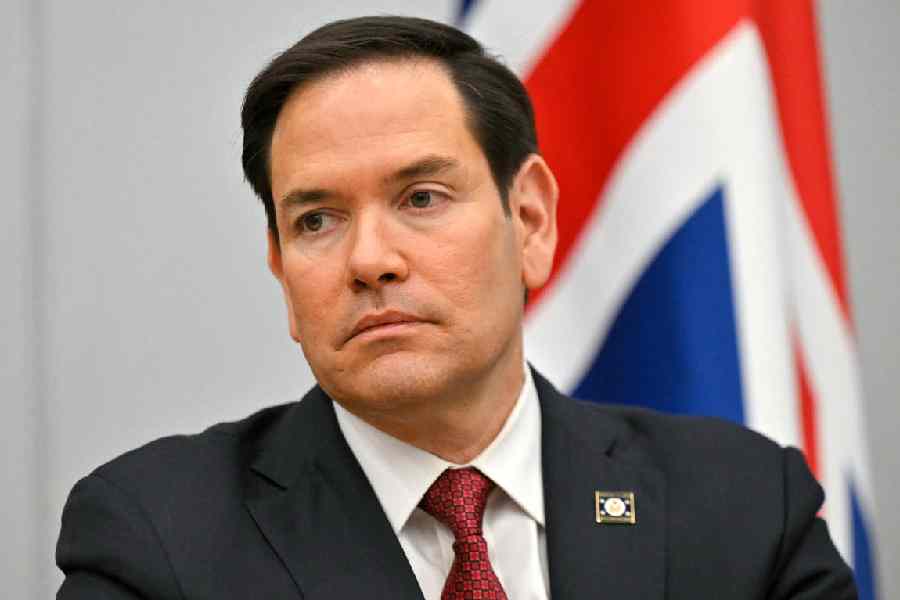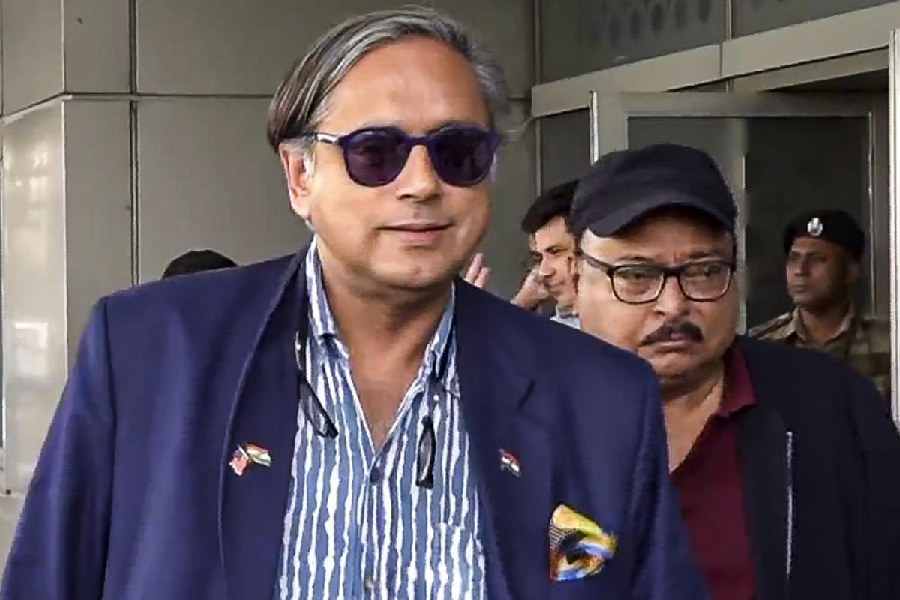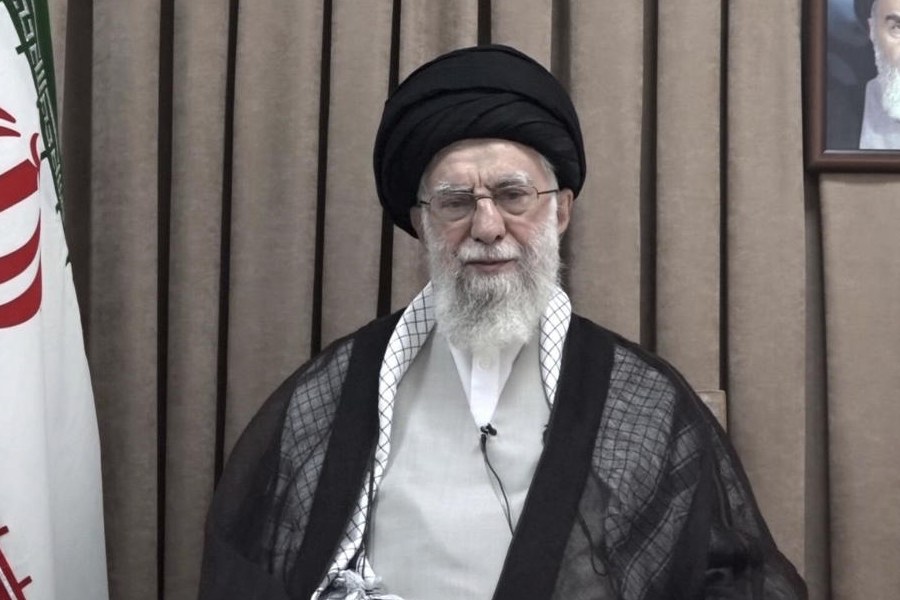 |
| Sushant and Parineeti in Shuddh Desi Romance |
People tend to think that your forte is your understanding of small-town India but you don’t think so?
This small-town expertise is a little dubious. I have written only one film, Bunty Aur Babli, that is set in small-town India. Company has low middle-class characters living in the financial capital of India. In Khosla Ka Ghosla, they were living in a Punjabi colony in Delhi. They were well-off enough to own a house in Delhi and buy a plot of land in Gurgaon. Where is the ‘small town’? People tend to call those who don’t speak fluent English ‘small-town’. By that logic, our parents are small-town. Then the majority in metros like Mumbai, Delhi and Bangalore are also small-town people.... I would like to think that I write about regular folks.
But Shuddh Desi Romance is set in Jaipur, which is a small town....
Cities like Jaipur, Cochin... are hardly small town anymore. Jaipur has 22 universities and 35 engineering-medical colleges. It has an IT park and is one of the top 10 outsourcing destinations in the country. One-fourth of tourist traffic to India goes to Jaipur. Delhi, Mumbai and Calcutta are the megacities, but if we are talking about the real urban India, I think it resides in Vizag or Chandigarh. When we say India is rapidly being urbanised, we are talking about cities like Jaipur. There is an assumption that only people in the metros have love lives. What are the love stories in Vizag and Kochi? I find these cities more interesting because they have one foot in the future and one in the traditional.
 |
As a writer, what comes first for you — the plot or the characters?
The characters. Always. In most cases, I’ll be trying to divert my attention from something else and they’ll just pop up (laughs). So, I can take no credit for creating them. For me, it’s all about the characters. I want to nurture and protect them until I can set them out in the real world. I may not have a big bank balance but I think my reward is whenever there is a mention of the underworld, people think of Ganda hai par dhanda hai (from Company) or in the heartlands, a news report on a scam or robbery often mentions Bunty Aur Babli. I am going to die happy because people remember my characters.
Apart from the joy of creating new characters, what do you enjoy the most about writing?
I feel like I am stuck in a jail as a Hindi film writer because I don’t know how to write Bengali, Tamil or Naga films. I have spent the last 12-13 years trying to break out of this jail. If I can’t do films in other languages, I can do characters from there and add those touches to how they speak Hindi. So in Chak De! India, I got an opportunity to do 13 different dialects and styles of Hindi. Mohanlal’s character in Company spoke Hindi with a south Indian accent. It look me a long time to learn that so-called wrong Hindi. Sports people speak different from sales people or the underworld so it was interesting to learn each of their lingos. For the character of Giri (played by D. Santosh) in Rocket Singh, I learnt Dakhani (a Hyderabad dialect) so the audience knows that I know.
Even if no one notices all the work I have put in to make a character authentic, at least I have had fun for those eight months in writing and living with the character.
Do you ever write a script with an actor in mind?
Never. I feel if I write with a star in mind, I’ll end up writing a character who is a watered-down version of the actor. You end up shortchanging both the actor and the character. It’s not fair to either.
You’ve written about eight films over 13 years. Not very prolific, are you?
(Laughs) I write in bursts. I wish I had a routine. I would have written more films. I rarely take up commissioned work because I need to first get an idea that grabs me. Once the idea is there, I start fleshing it out. I end up going on these wild goose chases because something has piqued my curiosity. Only some of them become films. Chak De! India started with me wanting to find sponsors for women athletes. When I researched the subject, I thought it could be a book, then it became a documentary and finally it was upgraded to the film.
Your work doesn’t end with handing over the script to the director, does it? You are closely involved in the whole process until the end.
Absolutely. In my head, I am in a relay race. I have run my 100m and now I am standing on the sidelines with a water bottle to egg on the rest. I don’t finish a script and move on to the next film. I am involved in casting, I don’t go on the sets but I am always available to the director if he wants to discuss. I am there in the edits. My presence is not intrusive but I am here to help in whatever capacity I can.
What is your writing process?
It has been different every time. The rhythm of the script dictates the rhythm of my process. I wrote all of Company to Paul Simon’s Graceland playing on loop. I wrote most of Chak De! India while listening to the Chariots of Fire theme.
SAHNI’S FILMS
Jungle (2000)
Company (2002)
Bunty Aur Babli (2005)
Khosla Ka Ghosla (2006)
Chak De! India (2007)
Aaja Nachle (2007)
Rocket Singh: Salesman of the Year (2009)
Shuddh Desi Romance (2013)
Karishma Upadhyay











